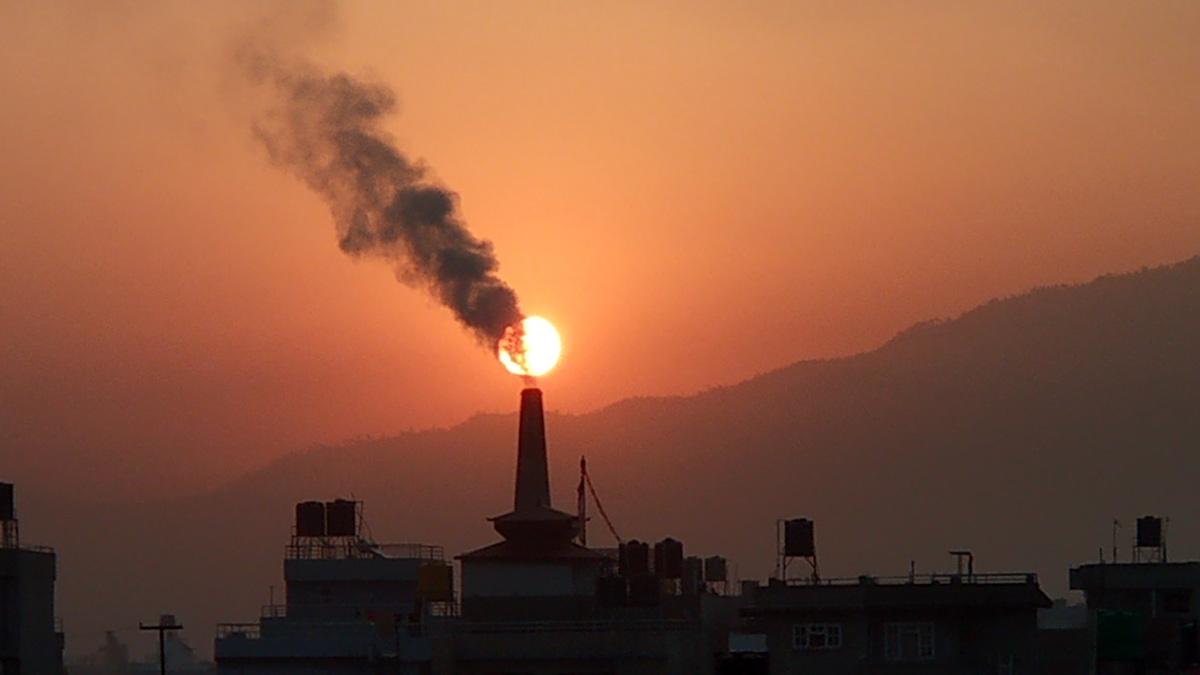
1. Human Health Suffers As A Result.
Fuel-related illnesses, injuries, and burns affect tens of millions of people each year. Strokes, heart disease, and lung cancer are all linked to air pollution in the home.
Indoor air pollution contributes to nearly 500,000 of the annual premature deaths caused by outdoor air pollution, and its effects go far beyond the home.
2. The Use Of Polluted Household Fuels Is Bad For The Environment.
Carbon dioxide is the primary contributor to climate change, but emissions from domestic combustion are also a significant source of particulate matter. A quarter of all black carbon (soot) emissions come from domestic combustion, and that soot has a heating capacity 460-1500 times greater than carbon dioxide per unit, according to the WHO.
Ground-level ozone, a climate pollutant with a short half-life that reduces crop yields and alters local weather patterns, is formed when these emissions interact with pollutants in the outdoor air.
3. Reliable and affordable energy sources can help reduce indoor air pollution.
Goal 7 of the Sustainable Development Goals (SDGs) calls for universal access by 2030 to modern, safe, and affordable energy. More than a million people’s lives could be saved if everyone in the world switched to eco-friendly household energy sources like stoves, heaters, and lights.
Biodiversity loss and forest degradation would also be reduced, as well as carbon dioxide emissions from biomass and emissions of carbon dioxide and carbon monoxide from biomass. Reducing emissions of black carbon particles, which only last a week or less in the atmosphere, is an important strategy for slowing global warming. short-term climate.

4. Home Air Pollution Contributes To The Spread Of Poverty And Inequality In The Community.
Healthful environments are constitutionally protected in over 155 countries. In the Universal Declaration of Human Rights and the International Covenant on Economic, Social, and Cultural Rights, clean air is a fundamental human right. The 2030 Agenda is built on the premise that no one should be left behind or disadvantaged in any way.
Although 3 billion people are still using hazardous fuels in their homes, they are often among the world’s poorest.
5. Women And Girls Bear The Brunt Of Air Pollution In Their Homes.
Women and children, as well as those who spend a lot of time indoors, are particularly vulnerable to the effects of household air pollution. Kerosene explosions pose a particular danger to women and girls, and soot inhaled at home is to blame for half of all pneumonia deaths in children under five.
These people are the most vulnerable to noncommunicable diseases, and they are the least able to cover the costs of illness, associated health care expenses, and time off from work.
Girls in households that rely on unclean fuels spend 15 to 30 hours a week collecting firewood or water, which puts them at a disadvantage compared to their male peers and those who have access to clean fuels.
6. Countries Can Reduce Pollution-Related Deaths By Investing And Enforcing Laws.
In order to reduce household pollution, the use of raw coal and kerosene in households can be eliminated, as well as the use of biogas, ethanol and liquefied petroleum gas, if safe and efficient domestic technologies are developed and proper ventilation is provided.
Access to clean domestic fuels and technology is an effective way to reduce poverty, disease, and mortality in developing countries. Forest degradation and habitat loss can be slowed by the use of clean domestic fuels as well as new technologies.